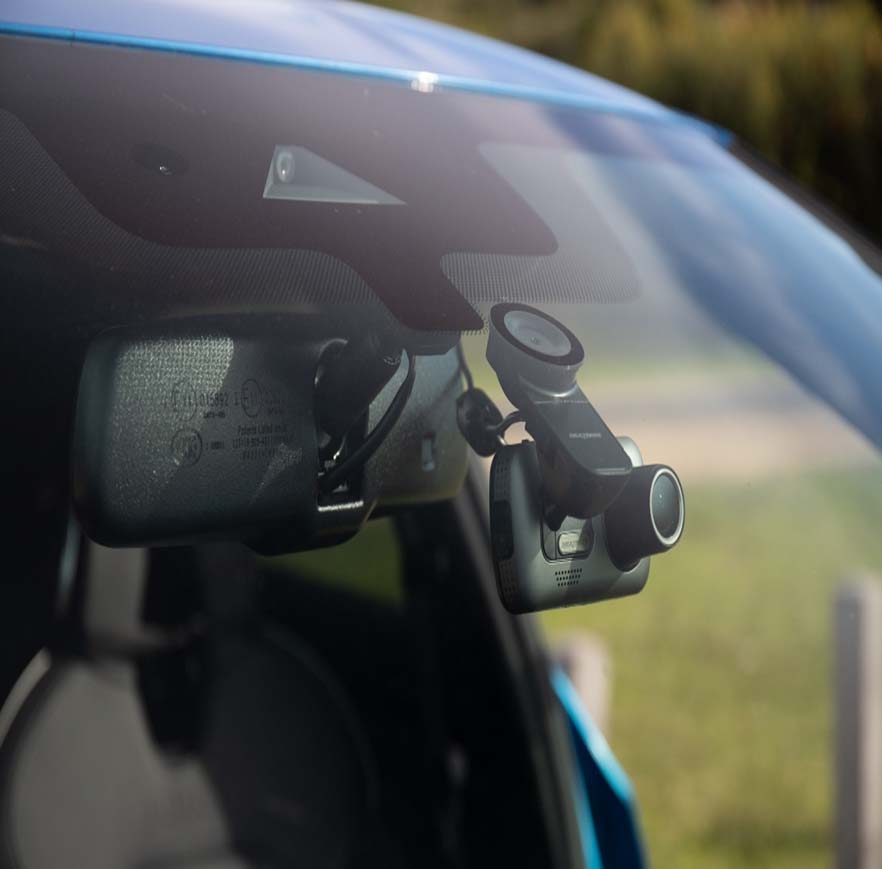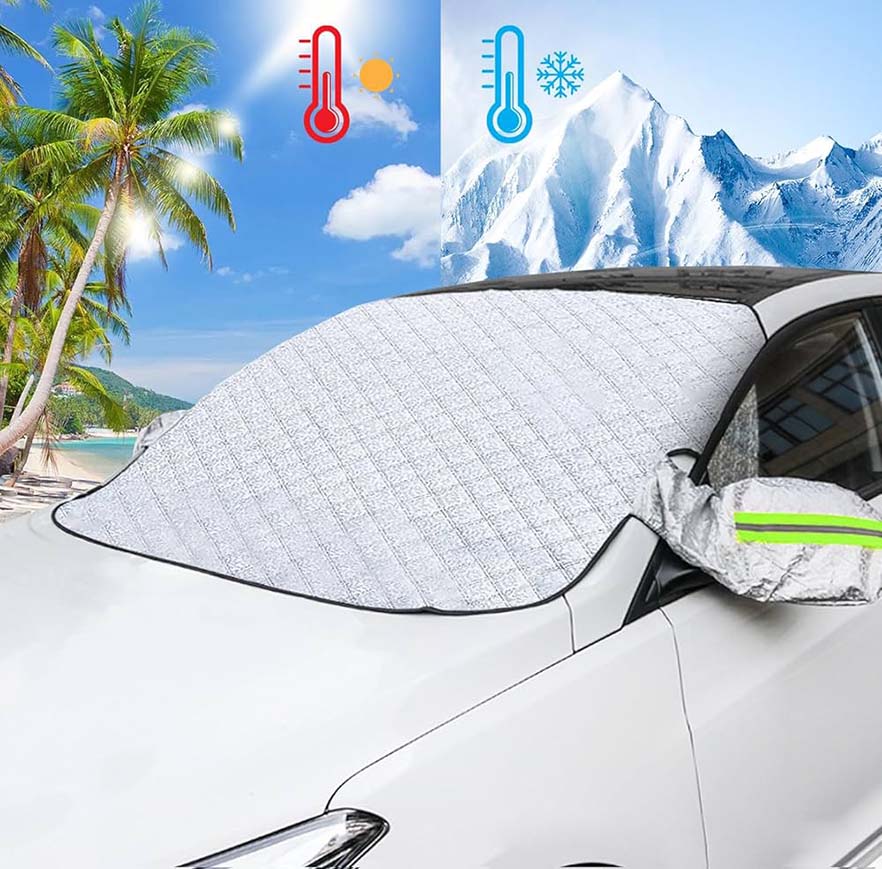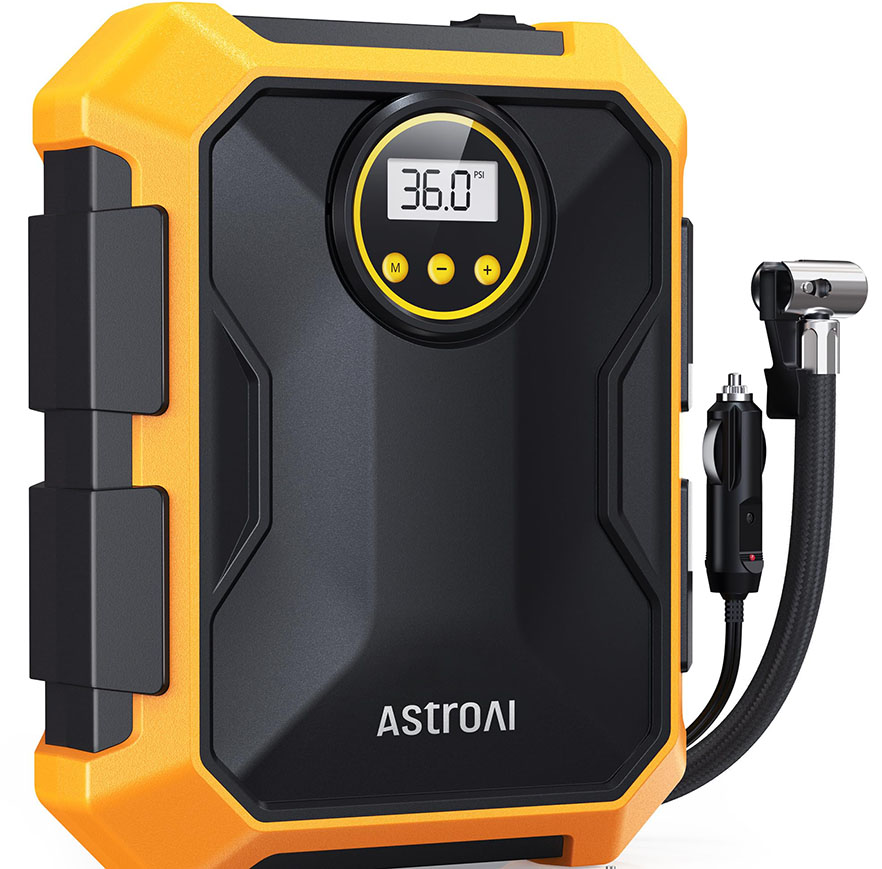Regular car maintenance is crucial for the longevity and performance of your vehicle. By staying on top of essential service parts and maintenance tasks, you can ensure that your car operates smoothly and safely on the road. Here are some key areas to focus on:
Oil levels and filter
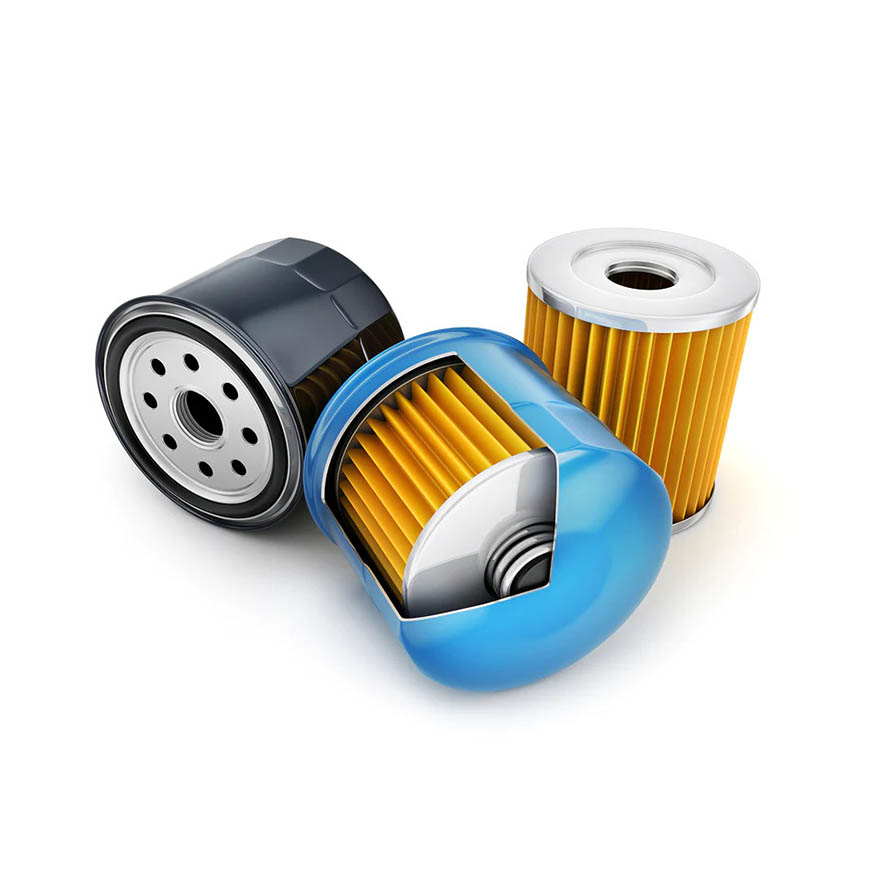
One of the most important aspects of car maintenance is checking your engine oil levels regularly. Low oil levels can cause engine damage and decreased performance. To check the oil, park your car on level ground, wait for the engine to cool down, locate the oil dipstick, and remove it. Wipe it clean, reinsert it, and then pull it out again to check the oil level. If it’s below the recommended level, add the appropriate type and amount of oil. Additionally, it’s crucial to replace the oil filter as recommended by your vehicle’s manufacturer. The oil filter helps remove impurities from the oil, ensuring the engine receives clean oil for optimal performance. Over time, the filter can become clogged and less effective, so it’s important to change it regularly during oil changes. Follow your vehicle’s maintenance schedule for the recommended oil change intervals and filter replacements. Remember, always use the recommended oil type and filter specified by your car manufacturer to ensure compatibility and maintain warranty requirements. If you’re unsure about performing these tasks yourself, it’s best to consult a professional mechanic or service center to handle the oil change and filter replacement for you.
Spark plugs

Spark plugs are integral to the ignition system of your car, providing the spark necessary to ignite the air-fuel mixture in each cylinder. Over time, spark plugs can become worn or fouled, leading to misfires, reduced fuel efficiency, and poor engine performance. Inspect your spark plugs regularly to check for signs of wear, such as eroded electrodes or excessive carbon buildup. If you notice any damage or deterioration, it’s time to replace them. Refer to your vehicle’s owner manual or consult a professional mechanic for the recommended spark plug replacement interval. When replacing spark plugs, make sure to use the correct type and gap size specified by your car manufacturer. Installing the wrong spark plugs can lead to engine problems. If you’re unsure about the process, it’s best to seek assistance from a qualified mechanic or follow a detailed guide specifically tailored to your vehicle model. By maintaining properly functioning spark plugs, you’ll ensure reliable ignition and optimal engine performance, enhancing fuel efficiency and prolonging the life of your engine.
Air filter
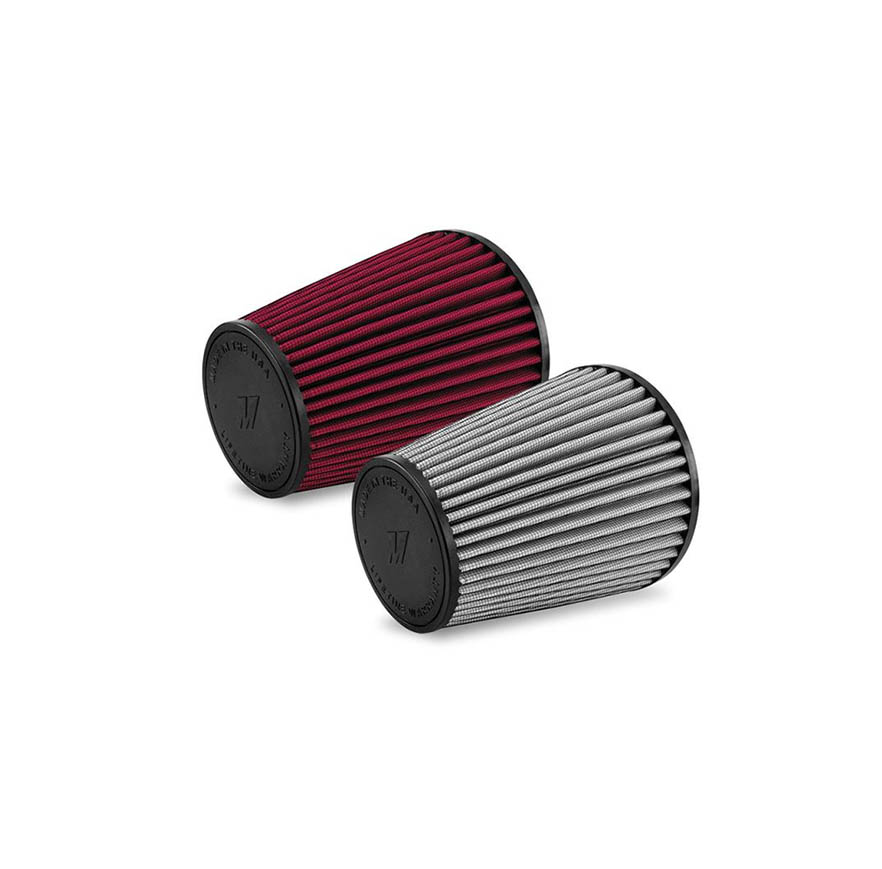
The air filter plays a crucial role in preventing dirt, dust, and debris from entering your engine’s intake system. A clean air filter promotes better fuel combustion, improves engine performance, and helps extend the life of your engine. To maintain your air filter, inspect it regularly and replace it when it becomes dirty or clogged. The frequency of replacement may vary depending on your driving conditions, so refer to your vehicle’s owner manual for specific guidelines. In general, it’s recommended to replace the air filter every 12,000 to 15,000 miles (or as recommended by the manufacturer). Replacing the air filter is usually a simple task that you can do yourself. Locate the air filter housing, which is typically near the engine, and remove the old filter. Take note of how the old filter is positioned, then install the new filter in the same orientation. Make sure it is securely in place and that the housing is properly closed. By keeping your air filter clean and replacing it regularly, leading to improved fuel efficiency and better overall performance.
Wiper blades
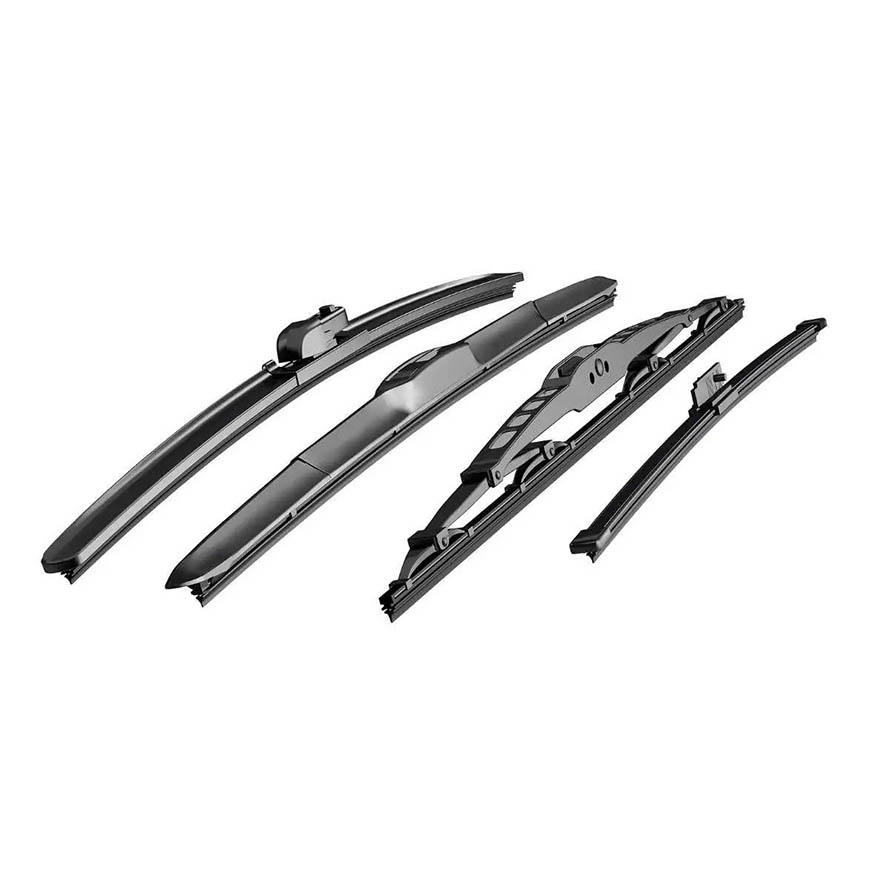
Clear visibility is crucial for safe driving, especially during rainy or snowy conditions. To ensure optimal performance, regularly inspect your wiper blades for signs of wear and tear. If you notice streaking, skipping, squeaking, or any residue left on the windshield, it’s time to replace your wiper blades. Over time, the rubber on the blades can deteriorate, leading to reduced effectiveness in clearing the windshield. Replacing wiper blades is a straightforward process. Start by lifting the wiper arm away from the windshield. Depending on your vehicle, there may be a small tab or release button that allows you to easily remove the old wiper blade. Take note of how the old blade is attached, as you’ll need to attach the new one in the same manner. When installing the new wiper blade, make sure it is securely attached to the wiper arm. Gently lower the arm back onto the windshield, ensuring proper alignment and contact with the glass. Test the wipers to ensure they are functioning smoothly and effectively. It’s recommended to replace your wiper blades every six months to a year, or as soon as you notice any deterioration in performance. By maintaining your wiper blades in good condition, you’ll have clear visibility and safer driving experiences, even in challenging weather conditions.
Bulbs

Adequate lighting is essential for visibility and safety while driving. Regularly inspect and replace any faulty bulbs in your vehicle’s headlights, taillights, brake lights, and turn signals. Start by checking all exterior lights, including headlights, high beams, fog lights, taillights, brake lights, and turn signals. Turn on each light individually and walk around your vehicle to ensure they are working properly. If you notice any bulbs that are dim, flickering, or not working at all, it’s time for a replacement. To replace a bulb, consult your vehicle’s owner’s manual for specific instructions, as the process may vary depending on your vehicle’s make and model. In general, you’ll need to locate the bulb housing, which may require removing a protective cover or accessing it from under the hood or behind the light assembly. Carefully remove the faulty bulb by twisting it counterclockwise or releasing any clips that hold it in place. Take note of the bulb type and wattage to ensure you purchase the correct replacement. When inserting the new bulb, handle it with clean gloves or a clean cloth to avoid transferring oils from your skin, which can cause the bulb to overheat and fail prematurely. Insert the new bulb into the socket and twist it clockwise or secure it with any clips provided. After installing the new bulb, test the lights to ensure they are functioning properly. It’s also a good idea to periodically clean the lenses of your headlights and taillights to maximize visibility.
Brakes
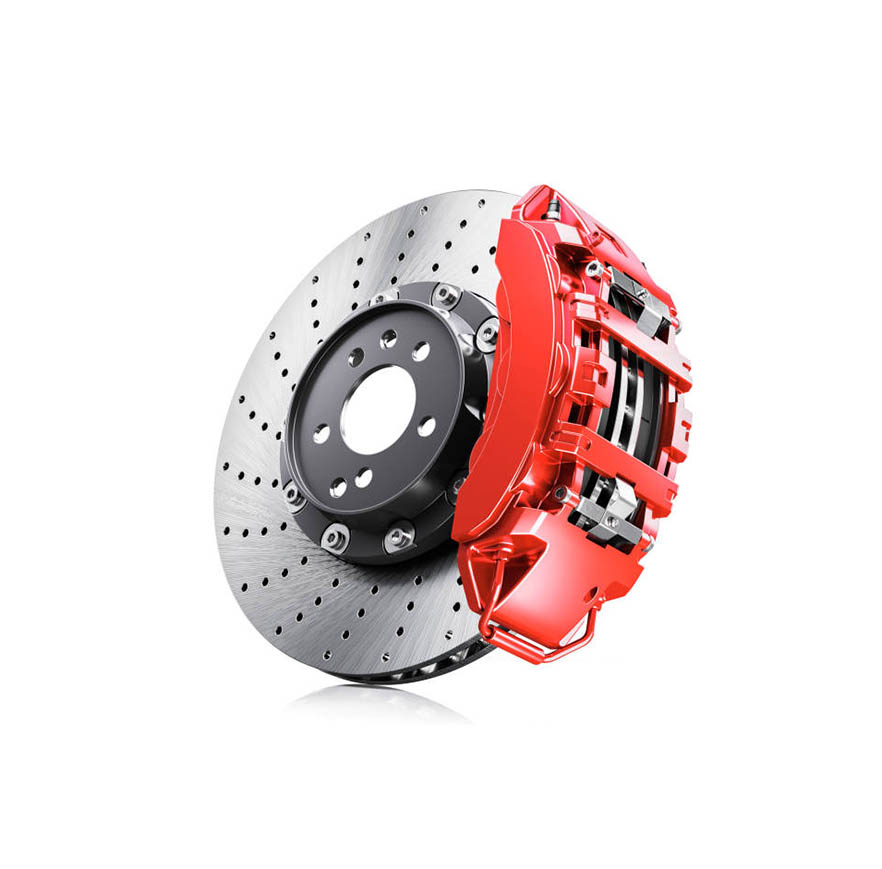
Your vehicle’s braking system is one of its most critical safety components. Regularly inspecting and servicing your brakes helps ensure optimal performance and safe driving. Start by visually inspecting the brake pads through the wheel spokes. If the pad thickness is less than 3mm, it’s time for a replacement. Worn brake pads can reduce braking efficiency and increase stopping distances. Next, check the brake rotors for signs of wear or damage. If you notice grooves, scoring, or unevenness on the rotor surface, it may be necessary to resurface or replace them. Warped or damaged rotors can cause vibrations or pulsations when braking. In addition to the brake pads and rotors, check the brake fluid level and condition. The brake fluid reservoir is typically located under the hood, near the firewall. Ensure that the fluid level is within the recommended range and that it appears clear and free of contaminants. If the fluid is dark or discolored, it may be time for a flush and replacement. If you’re unsure about inspecting or servicing your brakes, it’s recommended to consult a professional mechanic or visit a reputable service center. They have the expertise and tools to properly assess and maintain your vehicle’s braking system. Remember, maintaining your brakes is crucial for your safety and the safety of others on the road. Regular inspections and timely repairs or replacements help ensure your brakes provide reliable stopping power when you need it most.
Interior and Exterior Mirrors
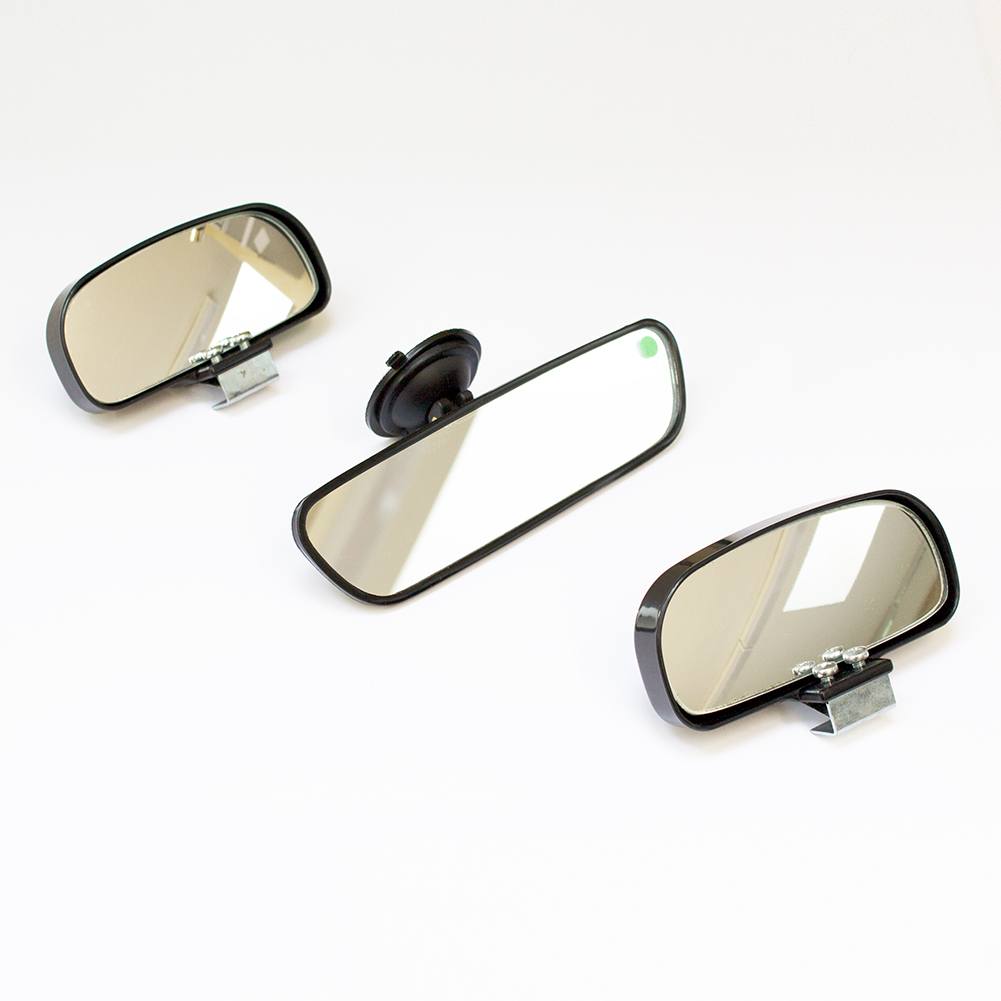
Properly adjusted and clean mirrors are essential for maintaining good visibility while driving. Follow these tips to ensure your mirrors are in optimal condition:
- Adjust your mirrors: Take the time to adjust your side and rearview mirrors to eliminate blind spots and provide a clear view of the road behind and beside you. Ensure that you can see the entire rear window in your rearview mirror and minimize the blind spots by angling your side mirrors outward.
- Clean your mirrors regularly: Dirty mirrors can obstruct your vision, especially during nighttime driving or in adverse weather conditions. Use a glass cleaner and a microfiber cloth to keep your mirrors clean and free from smudges, dust, and debris. Regular cleaning will improve visibility and reduce glare.
- Check for any damage: Inspect your mirrors for any cracks, scratches, or loose fittings. Damaged mirrors should be replaced promptly to maintain optimal functionality.
Tyre Pressure
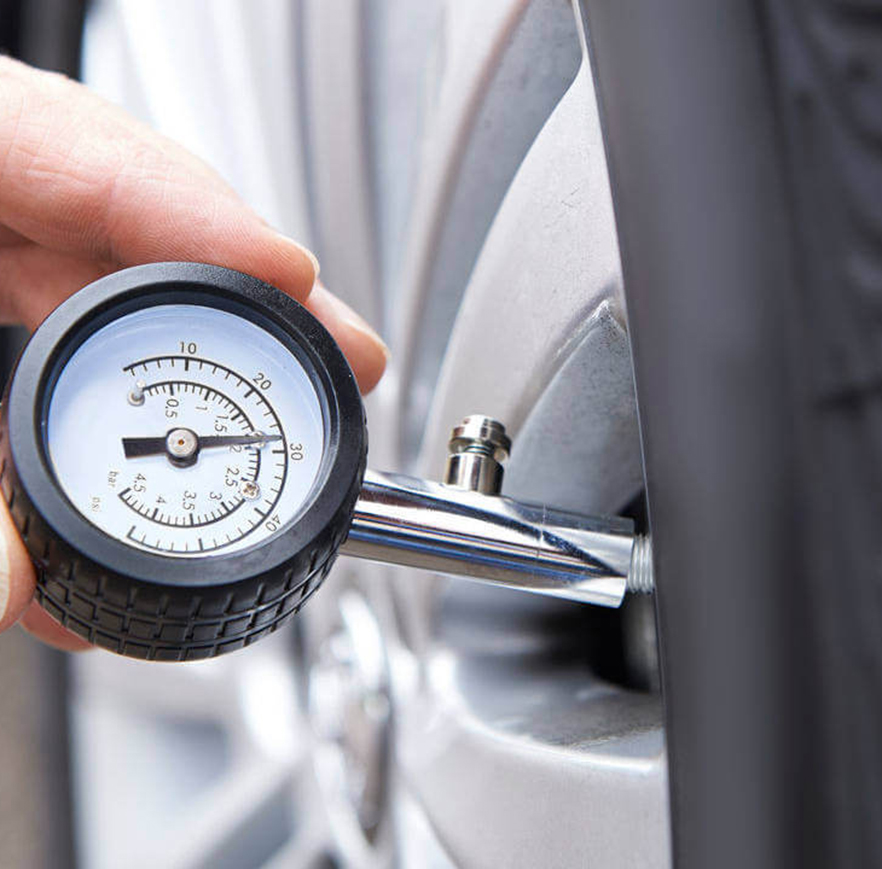
Regularly checking and maintaining the correct tyre pressure is crucial for your car’s performance and safety. Here are some important tips:
- Check tyre pressure regularly: Use a tyre pressure gauge to measure the air pressure in each tyre, including the spare. It’s best to check the pressure when the tyres are cold, as driving can increase the temperature and affect the readings.
- Refer to the recommended pressure: Find the recommended tyre pressure for your vehicle in the owner’s manual or on a sticker usually located on the driver’s side door jamb, inside the fuel filler flap, or in the glove compartment. It is important to follow the manufacturer’s guidelines for the optimal tyre pressure.
- Inflate or deflate as needed: If the pressure is too low, use an air compressor to add air until it reaches the recommended level. If the pressure is too high, release some air until it matches the recommended pressure. Avoid overinflating or underinflating the tyres, as it can lead to uneven wear and affect your car’s handling.
- Regularly monitor tyre condition: While checking the pressure, also inspect the tyres for any signs of damage, such as cuts, bulges, or worn-out tread. Replace any tyres that show signs of excessive wear or damage.
Maintaining the correct tyre pressure not only improves fuel efficiency but also enhances traction, handling, and braking performance. It’s a simple maintenance task that can contribute to your safety on the road.
Car Battery
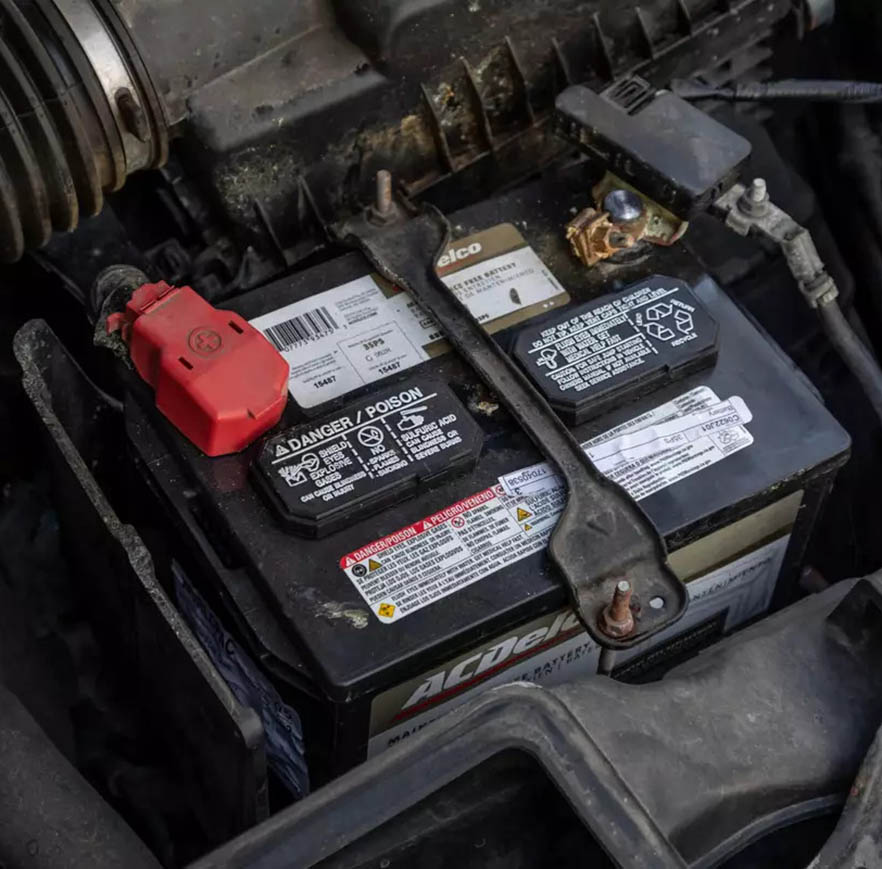
Taking care of your car battery is essential to ensure reliable starting and electrical system performance. Here are some tips to keep your car battery in good condition:
- Check battery condition: Regularly inspect your car battery for signs of wear, such as corrosion, leakage, or a swollen appearance. If you notice any issues, it’s best to have the battery tested by a professional to determine its health.
- Clean battery terminals: Over time, battery terminals can accumulate corrosion, which can affect the battery’s performance. Clean the battery terminals using a mixture of baking soda and water or a battery terminal cleaner. Ensure the terminals are dry before reconnecting them.
- Secure battery connections: Ensure that the battery cables are securely connected to the terminals. Loose or corroded connections can lead to starting problems or electrical issues.
- Avoid draining the battery: Leaving your lights, radio, or other accessories on when the engine is not running can drain the battery. Be mindful of leaving these components on for extended periods and always double-check that everything is turned off before exiting the vehicle.
- Consider battery age: Car batteries have a limited lifespan, typically ranging from 3 to 5 years. If your battery is approaching this age or has shown signs of deterioration, it may be time for a replacement to avoid unexpected failures.
- Test the battery: If you’re uncertain about your battery’s health, have it tested by a professional. They can perform a battery load test to assess its capacity and determine if it needs to be replaced.
Taking care of your car battery will ensure that your vehicle starts reliably and that your electrical systems operate as intended. Regular maintenance and timely replacement when necessary will help you avoid unexpected battery failures.
Cooling Liquid

Maintaining the proper level of engine coolant is essential for regulating your engine’s temperature and preventing overheating. Follow these tips to ensure your cooling system is in good condition:
- Check coolant level: Regularly inspect the coolant level in the coolant reservoir when the engine is cool. The coolant level should be between the minimum and maximum markings. If it’s low, add a mixture of coolant and distilled water as recommended by your vehicle’s manufacturer.
- Inspect coolant quality: Check the coolant’s color and condition. It should be clean, without any signs of contamination or discoloration. If the coolant appears dirty or has a rusty color, it may be time to flush and replace it.
- Check for leaks: Inspect the cooling system for any signs of leaks, such as coolant stains or puddles under the vehicle. Leaks can cause a loss of coolant and lead to engine overheating. If you notice a leak, have it repaired promptly.
- Radiator maintenance: Keep the radiator clean and free from debris. Regularly inspect the radiator for any obstructions, such as leaves or dirt, that may restrict airflow. Use a soft brush or compressed air to gently remove any debris.
- Follow manufacturer’s recommendations: Refer to your vehicle’s owner’s manual for specific guidelines on coolant type, recommended coolant change intervals, and any other cooling system maintenance procedures.
Proper cooling system maintenance will help prevent engine overheating and ensure optimal engine performance. Regularly checking coolant levels, inspecting for leaks, and maintaining a clean radiator will help keep your engine running smoothly, especially during hot summer months or long drives.
Car Horn

The car horn is a crucial safety feature that alerts other drivers and pedestrians in emergency situations. To ensure your horn is functioning properly, follow these tips:
- Test the horn: Regularly test your car’s horn to make sure it produces a clear and audible sound. Press the horn button on your steering wheel or control panel, and listen for a loud and distinct sound. If the horn sounds weak or distorted, have it checked and repaired by a professional.
- Check the wiring and connections: Inspect the wiring and connections associated with the horn. Look for any signs of damage, loose connections, or corrosion. Clean or repair any faulty connections to ensure a reliable electrical connection.
- Ensure proper grounding: The horn relies on a proper grounding connection to function effectively. Check the grounding wire for any signs of damage or corrosion. Make sure it is securely connected to the vehicle’s chassis.
- Clean the horn mechanism: Over time, dirt and debris can accumulate inside the horn mechanism, affecting its performance. Use a soft cloth or brush to clean the exterior of the horn and remove any visible dirt or grime. Avoid using harsh chemicals or abrasive materials that could damage the horn.
- Follow local regulations: Familiarize yourself with local regulations regarding horn usage. In some areas, honking the horn unnecessarily or excessively can result in fines. Use the horn responsibly and only when necessary for safety purposes.
By regularly testing and maintaining your car’s horn, you can ensure it is in proper working order to alert others on the road in emergency situations. If you notice any issues with the horn, have it inspected and repaired by a qualified technician.
Check for Rust

Rust can not only affect the appearance of your car but also cause structural damage if left untreated. Here are some tips for checking and addressing rust on your vehicle:
- Visual inspection: Regularly inspect your car’s exterior for any signs of rust. Pay close attention to areas prone to rust, such as the wheel wells, undercarriage, and around the door frames. Look for bubbling paint, discoloration, or rough patches that indicate the presence of rust.
- Clean and remove surface rust: If you spot surface rust, you can take steps to remove it before it spreads. Use a wire brush or sandpaper to gently scrub away the rust until you reach bare metal. Then, apply a rust converter or primer to prevent further corrosion.
- Treat deeper rust: If the rust has penetrated deeper into the metal, it may require more extensive repair. In such cases, it’s best to consult a professional auto body technician who can assess the damage and provide appropriate repair solutions.
- Preventive measures: To minimize the risk of rust formation, practice regular car maintenance. Wash your vehicle regularly, paying attention to the undercarriage, and remove any dirt, salt, or debris that can accelerate rusting. Applying a protective wax or coating can also provide an additional layer of defense against rust.
- Professional rustproofing: Consider having your car professionally rustproofed, especially if you live in areas with harsh winters or coastal regions where salt exposure is common. Rustproofing treatments can help prevent rust formation and prolong the life of your vehicle.
By paying attention to these essential car service parts and following maintenance tips, you can keep your vehicle in top shape and enjoy a smooth and safe driving experience. Remember to consult your car’s owner manual and seek professional assistance for any specific maintenance requirements or concerns.

